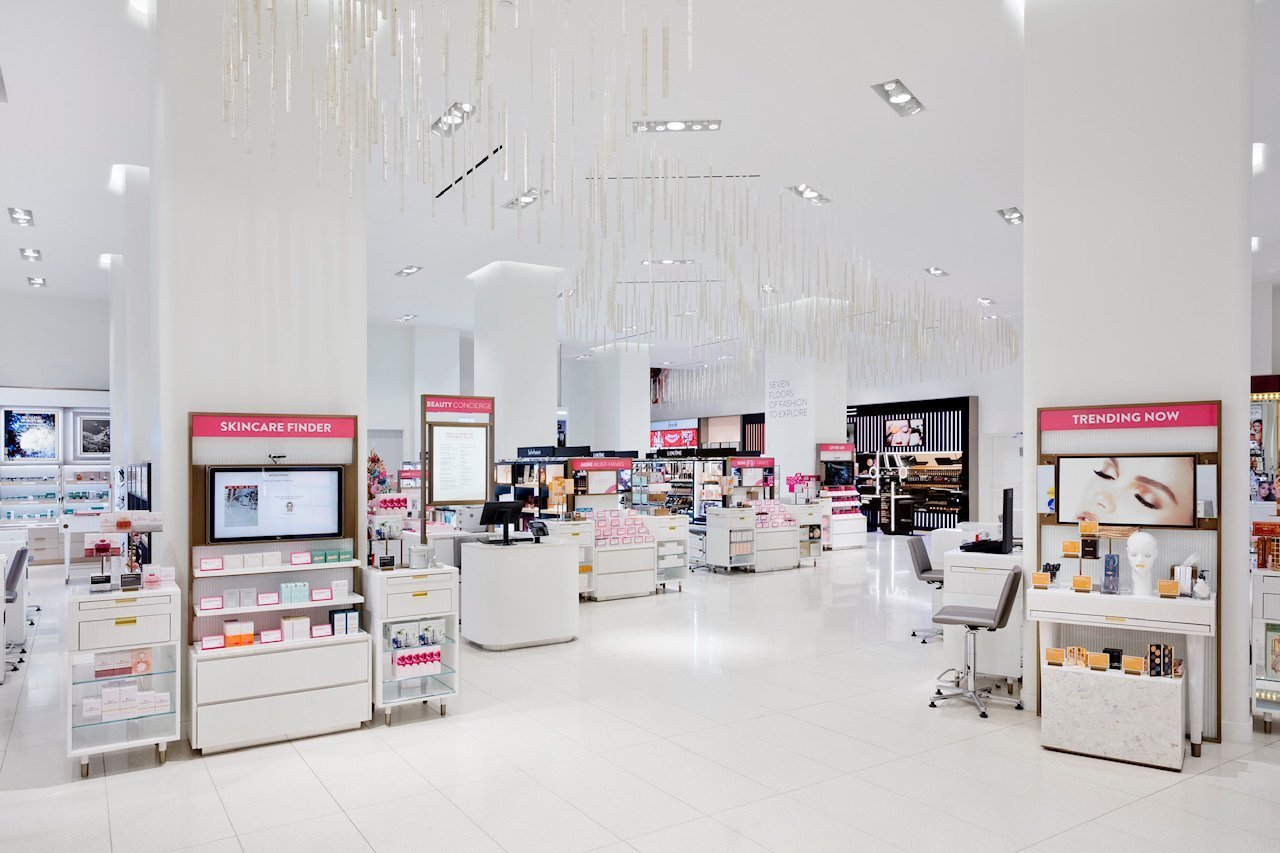
Can Nordstrom’s New Manhattan Superstore Convince Beauty Consumers To Reconsider Department Store Shopping?
Counter culture is changing.
Nordstrom is the latest department store retailer buffing up its beauty floor in an effort to stave off losing customers to e-commerce players and specialty retailers Ulta Beauty and Sephora. In fact, beauty products and services at its Manhattan store opening today at West 57th Street and Broadway occupy two floors and an estimated 15,000 square feet in the massive 320,000-square-foot, seven-level space, the largest of the retailer’s 115 full-line stores in the United States.
Nordstrom has made its biggest commitment to beauty to date at the store by brandishing over 100 brands, 10,000 tubes of lipstick in 400 colors, 110 different services and an array of technology to point shoppers to the right products for them. No budding segment is overlooked, whether it be customization, wellness, treatments and, of course, indie beauty.
The Manhattan flagship isn’t Nordstrom’s first time zeroing in on emerging brands to stay relevant. Natural beauty assortments were expanded last year along with a section devoted to wellness. A temporary so-called pop-in in March focused on natural and inclusive beauty.
Department stores have been feverishly refurbishing beauty departments as part of larger strategic initiatives to confront cataclysmic business shifts. From 2007 to 2018, Unity Marketing reports sales at department stores tanked 32.4% to land at $52 million from $76.9 billion. Only stationery and office supply stores fared worse.
Beauty department premieres at Manhattan department stores are a trend. In the spring, Neiman Marcus raised the curtain at a store in the borough with a beauty department stocked with nascent brands, including an in-store shop, Curated By Shen, showcasing a dozen brands. CBD, wellness and services are spotlighted in the department that has proven to be one of the busiest in the store residing at Hudson Yards. Last year, Saks Fifth Avenue unveiled a new 32,000-square-foot beauty department with an on-demand beauty concierge, 15 spa rooms and an American outpost of FaceGym, which is at Nordstrom, too.
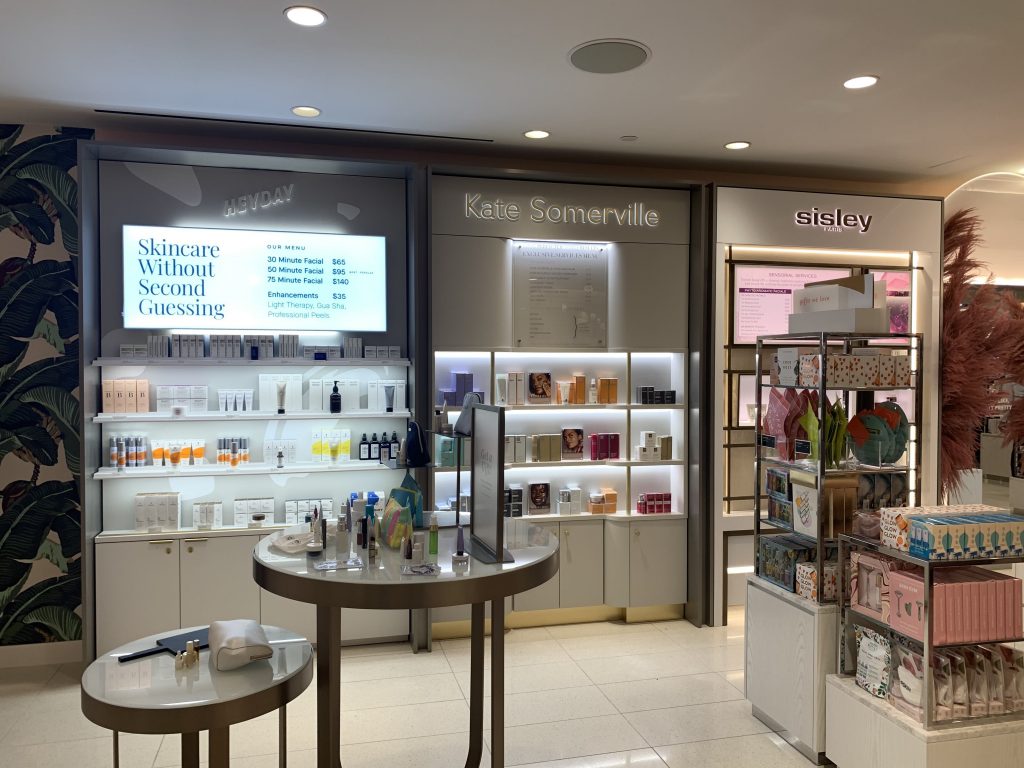
In January, Bloomingdale’s reinvented its 36,000-square-foot beauty department with play stations, a fragrance hall, virtual shade try-on areas and Lancôme’s digitally-powered foundation shade matching station. It features 200-plus brands, including 75 that arrived at the retailer with the revamp. Glowhaus and Wellchemist selections within the store cater to millennial and wellness-minded consumers. Among the brands fresh to Bloomingdale’s are Creed, Becca, Glamglow, Lime Crime, Stila, Sulwahsoo, Hum Nutrition and Living Proof.
Macy’s bolstered its beauty chops in 2015 with the acquisition of Bluemercury. Recently, under the direction of Nata Dvir, the retailer has deepened its beauty portfolio by beefing up brands with merchandise aimed at millennials, multicultural and clean beauty shoppers, and enhancing beauty advisor training.
Are these renovations all for naught? Are department stores fixer uppers that can’t be fixed up? Is their dowdy image cast in stone? Nordstrom is banking on a huge splash in Manhattan to shake off its department store dust. In the second quarter ended Aug. 3, its net sales dipped 5.1%.
WSL Strategic Retail CEO Wendy Liebmann’s verdict on Nordstrom’s beauty selection is that it’s “refined” and stands out from the cacophony of competitors. After checking it out Tuesday night at the retailer’s launch party, she says, “The department feels open and has a good balance of established brands, more known indies and the brands that make you ask, ‘What’s that?’”
“The department feels open and has a good balance of established brands, more known indies and the brands that make you ask, ‘What’s that?’”
Festooned with 19-foot-high dramatic high ceilings, the ground floor of the beauty department showcases expected luxury mainstays La Mer, Clarins and Cle de Peau as well as a range of natural products and the Beauty Concierge. The Beauty Concierge, a staple of Nordstrom beauty departments, assists shoppers with navigating products and booking appointments. A large contingent of niche brands on the ground floor contains 111Skin, Youth to the People, Herbivore Botanicals, Rahua, R+Co and Necessaire. The beauty lineup has a wellness bent with VitaJuwel, Glowtrition and Hum Nutrition present.
The selection sends a clear message: Nordstrom is listening to consumer demand, no matter the price or manner of shopping. Acknowledging that most customers use multiple lines for their skincare and color cosmetics needs, displays throughout the store assemble several brands together around themes. For example, a display on gold spotlighted items from Charlotte Tilbury, Tom Ford and others.
“We want to offer our customers a sense of discovery,” says Brenna Sussman, a Nordstrom spokeswoman. “They come in for gym essentials such as Living Proof dry shampoo, but can find new brands. That’s why they’re grouped.”
Nordstrom is pushing hard into services. At the New York flagship, the upstairs Beauty Haven has nine treatment rooms and boasts 110 unique branded services. According to retailer, it’s menu has the most branded services under one roof in New York. Services from Anastasia Beverly Hills, Base Coat, Blink Brow Bar, Drybar, FaceGym, Heyday, Kate Somerville, The Light Salon, Nordstrom Spa, Sisley Paris and St. Tropez are available. Kate Somerville has branched into injectable procedures and Heyday has planted an in-store spa at the Nordstrom store. LightBox is making its American debut at the location. Services can be completed in as little as a half hour, or customers can spend hours combining treatments.
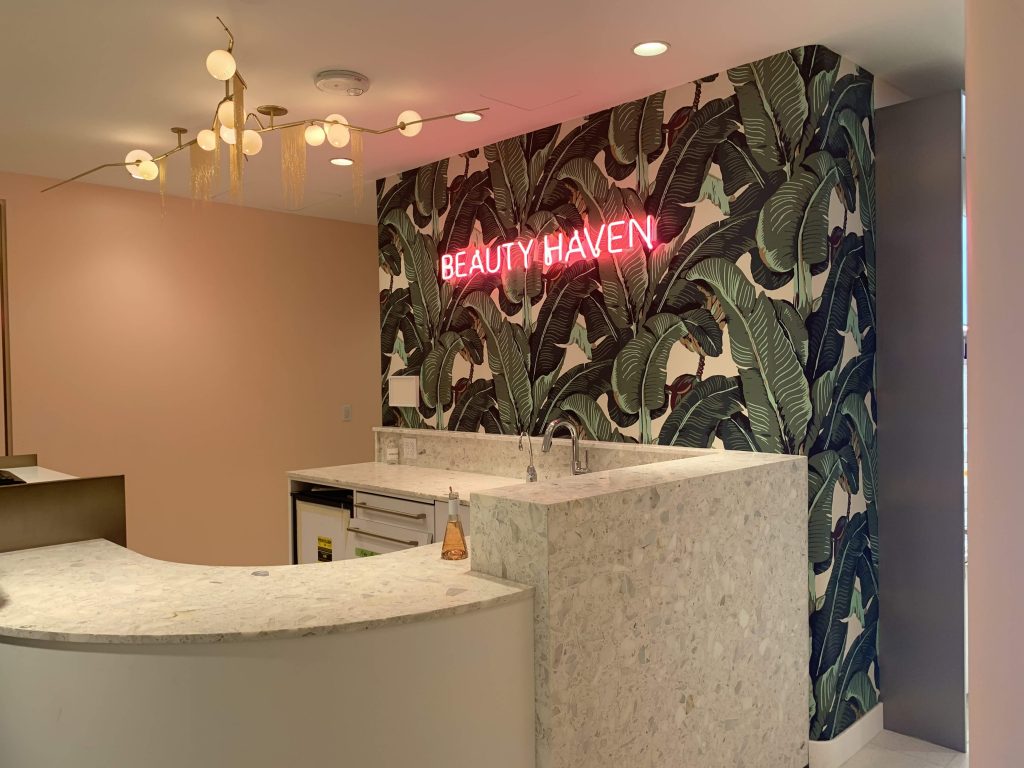
To guide beauty shopping, traditional customer service is balanced with a major commitment to technology. A skincare touchscreen station analyzes skin conditions and recommends treatment products from across the store’s assortment. The recommendations can be e-mailed to customers. In color cosmetics, shoppers can virtually try the hundreds of lipstick shades sold in the store. Stand in front of the mirror, answer a few questions and trial. Similarly, a fragrance selector queries customers on their preferences and supplies suggestions. The customer touches the screen and a small puff of the fragrance is emitted.
The goal of the beauty department is to provide a complete experience, says Derek Miller, Nordstrom’s beauty director for the Northeast. Customers can pamper themselves, get personalized advice from experts, support from technology and merely browse alone. The store has 160 beauty experts on staff dedicated to specific lines and five beauty stylists working across brands. The concept is experiential, but also educational.
“You can either speak with an expert, or simply say you’d rather shop around,” says Miller. “Testers are there, and you make your own samples from them.”
Beauty comprised 11% of Nordstrom’s annual sales in 2016, 2017 and 2018. While the category stumbled in the first quarter, sales bounced back in the second quarter of this year, Nordstrom executives shared. At a time when apparel sales struggle, department stores and specialty clothing chains increasingly have seen beauty as a way to attract shoppers. The U.S. prestige beauty sector reached $18.8 billion in 2018, up 6% from the prior year, and skincare sales rose 5% year-over-year to $1.4 billion in the first quarter of 2019, per the The NPD Group.
Will shoppers flock to Nordstrom’s Manhattan location to experiment with fragrances and lipsticks, shell out as much as $1,300 on treatments and, then, pick up dresses and shoes? Deborah Weinswig, CEO and founder of Coresight Research, is bullish on department store upgrades drawing people to brick-and-mortar destinations. She says, “Bloomingdales, Saks Fifth Avenue and Nordstrom have reinvented the traditional beauty department, which can help to drive meaningful store traffic store traffic and bring customers in to try new skincare and wellness routines.”
Nordstrom has a lot riding on their curiosity. The retailer has told investors it will hit $20 billion in sales by 2020. Last year, it generated $15.5 billion. If Nordstrom can’t deliver, the fate of the department store will look more dismal than it does now—and we may ultimately be buying La Mer on Amazon.
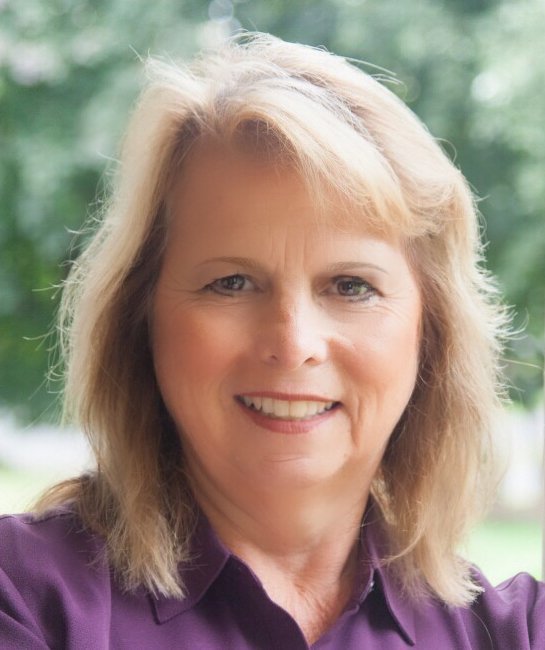
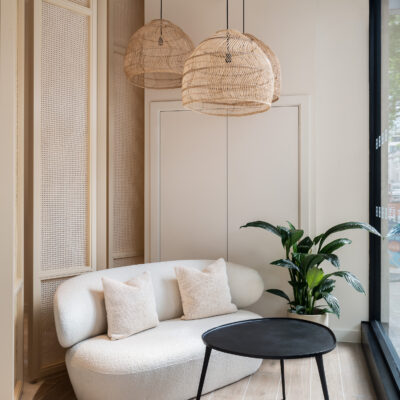
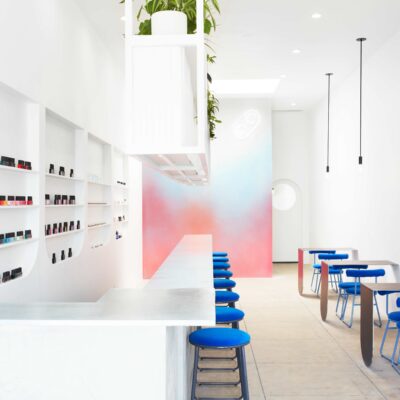
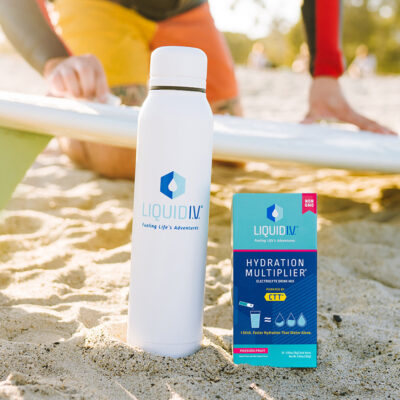

Leave a Reply
You must be logged in to post a comment.